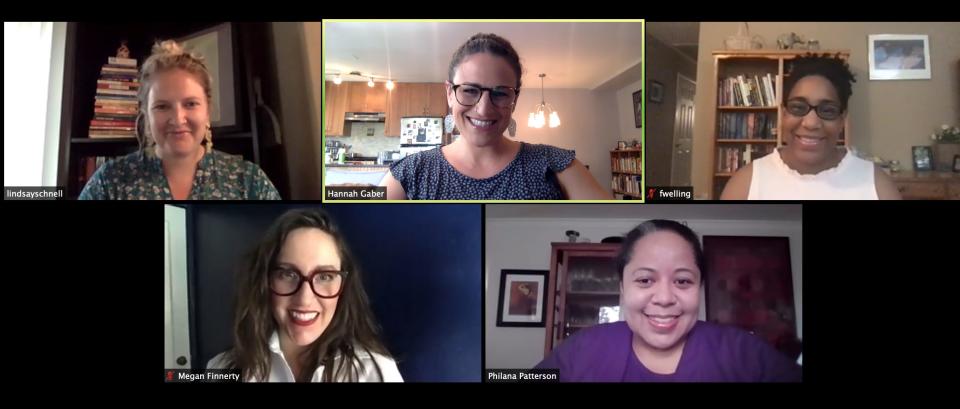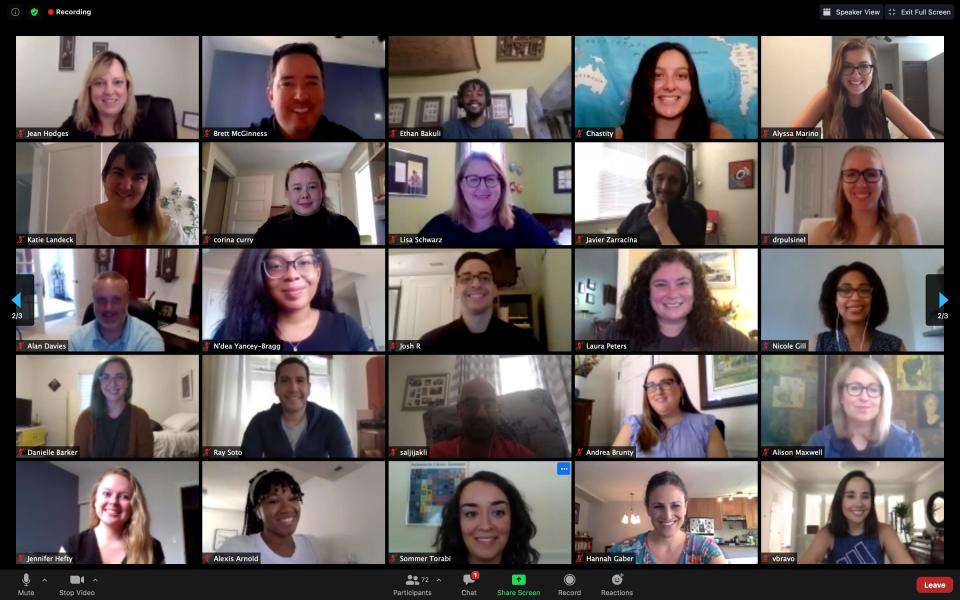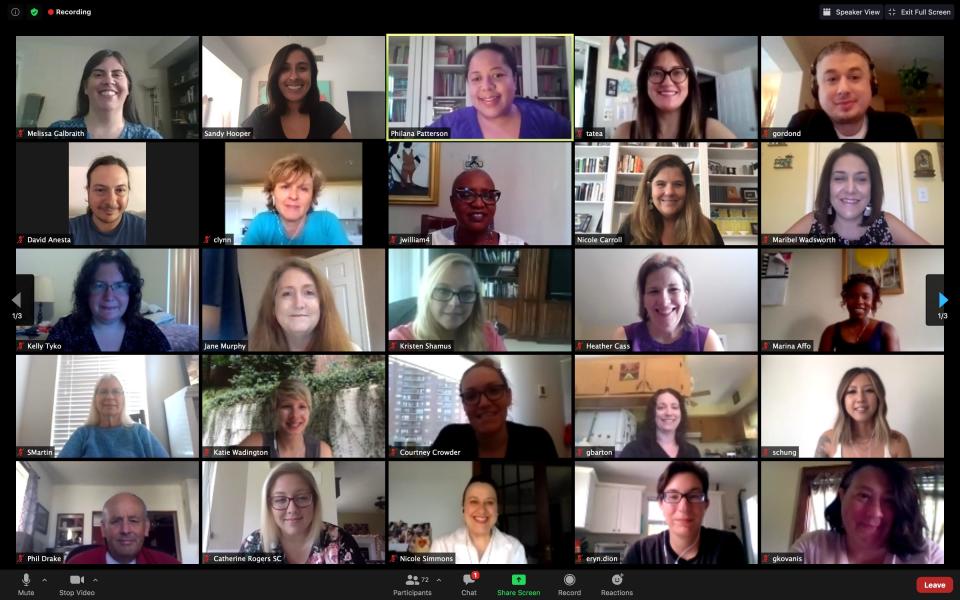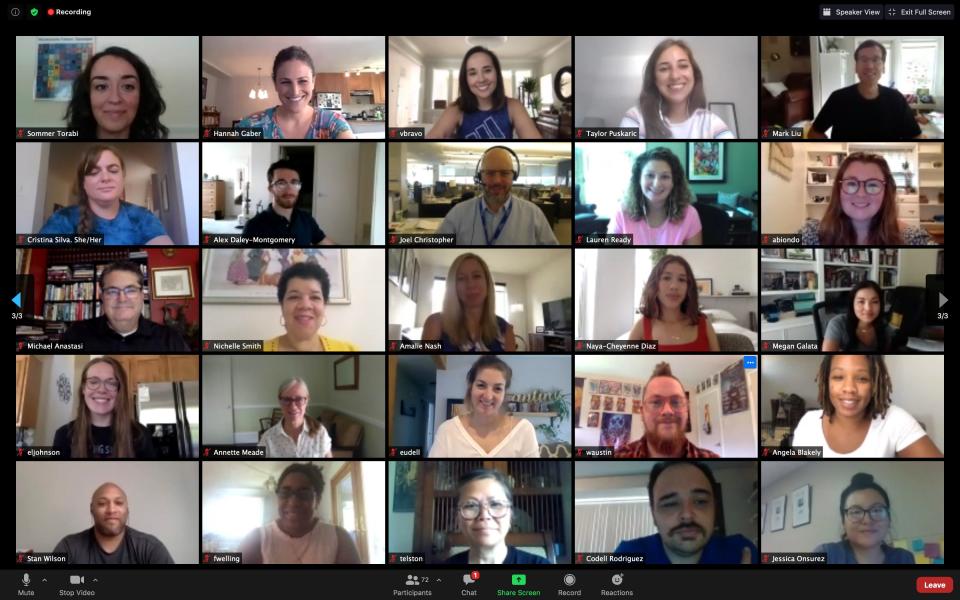The Backstory: How and why USA TODAY is recognizing Women of the Century
I'm USA TODAY editor-in-chief Nicole Carroll, and this is The Backstory, insights into our biggest stories of the week. If you'd like to get The Backstory in your inbox every week, sign up here.
Despite our headline, clearly it's impossible to choose just 100 Women of the Century.
Consider this a representative list of women who've made an impact on our culture, our communities and our country over the past 100 years. We're also recognizing influential women in each state, the U.S. territories and Washington, D.C. In all, we're amplifying the accomplishments of more than 500 diverse, ground-breaking, brave, thoughtful women.
So think of this as a start, a way to spark conversation.
These women imagined and created.
They protested and they fought.
Ultimately, they transformed our country.
This project began last year when we were brainstorming ways to recognize the 100th anniversary of the 19th Amendment, which gave women the right to vote. We purposely use words "recognize" and "commemorate" instead of "celebrate." We recognize that while the 19th Amendment was an incredible accomplishment, we know that in practice many women, most of them women of color, were left on the sidelines. For them, 1920 is not a year to celebrate.
More: Women of the Century didn’t succeed despite adversity, but often because of it
More: Read about notable women in every state
But we also knew this was an opportunity to amplify the work of a rich and diverse group of women who fought with their voices, their ideas and even their bodies to better our country. Women often overlooked.
In January, we asked for your nominations of notable women in a public nomination process that gave our audience an opportunity to suggest individuals we should spotlight. We then assembled panels in each state and nationally to help select who would be featured. Panelists talked and debated and struggled and argued and eventually came to a consensus.
Larger states like New York and California were particularly hard given the large number of remarkable women who come from them. We know many of these featured women represent so many more who've made similar strides.
The editors then had to make choices. Some women qualified to be on several state lists, but we had to choose just one. For example, should Ruth Bader Ginsburg represent New York or Washington, D.C.? And we stuck to the rules. Of course, we'd love businesswoman Madam C.J. Walker to be on the list, but she died before 1920. So some names you might expect to see weren't alive in our chosen period of 1920-2020.
We also acknowledged the complicated histories of some of the women on our list. Alice Paul is an example. Her work was crucial to passing the 19th Amendment, but there's no denying she had a history of blatant racism. It's not our job to sanitize history, and we didn't do that with this project. These are full, complex individuals.
"As we delved into the lives of these women, sometimes unflattering, racist and anti-Semitic comments or actions came to the fore," said project editor Philana Patterson, a managing editor at USA TODAY, when talking about the entire project 500-plus state and national profiles. "Reconciling their contributions with the unfortunate part of their legacies is difficult. It’s a reminder that as Americans we need to honestly confront the positive and ugly sides of our past to heal and move forward to a better future for everyone."

Much of this work took place during the pandemic. And that added some extra challenges to the process.
Many of our panels had to meet over Zoom, instead of in person. When taking portraits of our featured profiles, videographer/photographer Hannah Gaber would meet with the women in advance over FaceTime, scouting locations for their photos in their homes.
Then she would work with each woman's "helper" (most often a partner, child or grandchild), to frame and light the shoot. The helper would then shoot photos on their phone and send them to Gaber for editing. That's why you see, for example, Rita Moreno's grandson get a photo credit.
"It was such a rare opportunity to join these women in their homes and in the company of a loved one," Gaber said. "In addition to really highlighting this bizarre, complex moment of the a global pandemic, it really put into relief how real these women are, despite their lofty accomplishments and outsized reputations. They're still moms, daughters, partners, friends, full of love and laughter and vulnerability, messy living rooms and unruly pets, just like the rest of us."
We're also doing a special live storytelling night featuring some of these women on Tuesday at 8 p.m. ET. We had hoped to have these women share their stories in person, but as someone who has interviewed most of them, trust me, they are just as powerful online.
"It is such a blessing to work with the six women on our show," said Megan Finnerty, founder and director of the Storytellers Project, an arm of the USA TODAY Network that produces and streams shows featuring true, first-person stories. "These women are culture- and community- and country-changers, and their thoughtfulness and grace in telling these stories in service of our country is just incredible."
We're proud that this list is deep in diversity of women, backgrounds, thoughts and ideas. We're recognizing women across decades, generations and areas of expertise.
And the group behind the project has a wide range of experience, backgrounds and expertise as well. In all, more than 250 journalists helped create, craft, edit and publish more than 100 stories nationwide.



"Not all of these stories have been fully told, and I hope people learn something new and are encouraged to be brave," said Felecia Wellington Radel, an editor leading the project's social media.
We want to keep the conversation going. If you have other women to suggest, tell us here.
Working on the profiles, lead reporter Lindsay Schnell kept asking herself, "'Who are our next Women of the Century? Who are the young women making changes in our country right now whose stories we need to be sharing?'
"If I’ve learned anything from the last few months, it’s that women aren’t going anywhere – it’s just that we’re starting to understand, and recognize, their power.”
Nicole Carroll is the editor-in-chief of USA TODAY. Reach her at EIC@usatoday.com or follow her on Twitter here. Thank you for supporting our journalism. You can subscribe to our print edition, ad-free experience or electronic newspaper replica here.
This article originally appeared on USA TODAY: About the Women of the Century project

